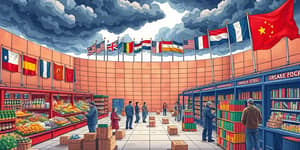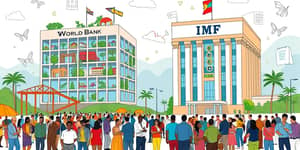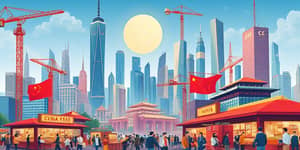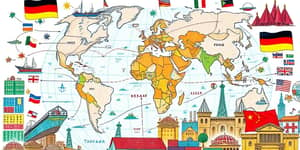In recent years, the global economic landscape has undergone significant changes, shifting from a unipolar world, dominated primarily by the United States, to a more complex multipolar paradigm. As emerging economies and shifting alliances reshape the dynamics of power, the implications for international relations and global trade are profound.
This article explores the transition toward a multipolar global economy, examining its historical context, the factors driving this change, and the key players involved, as well as the economic, political, and social implications that arise from this new global structure.
Historical Context: From Bipolar to Unipolar
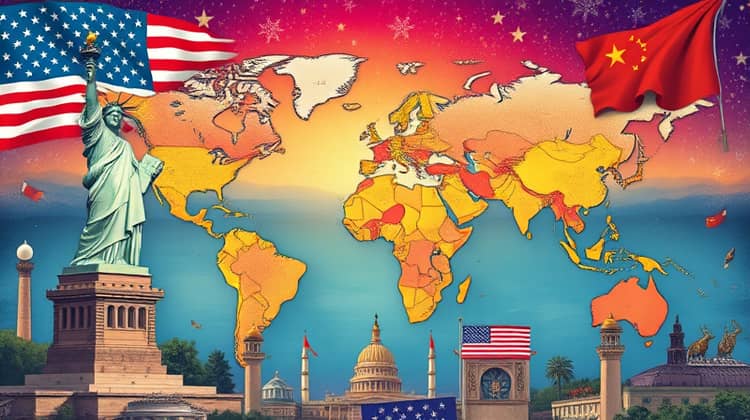
The end of the Cold War marked a pivotal moment in global history, giving rise to a unipolar world dominated by the United States. During this period, the U.S. not only emerged as the sole superpower but also influenced global economic policies, military alliances, and cultural dynamics.
However, this dominance began to face significant challenges as various countries, particularly in Asia and Europe, started to assert their influence. Events such as the rise of China as an economic powerhouse, the European Union's efforts for greater integration, and Russia's resurgence demonstrated the limitations of a unipolar approach to global governance.
Defining a Multipolar Global Economy
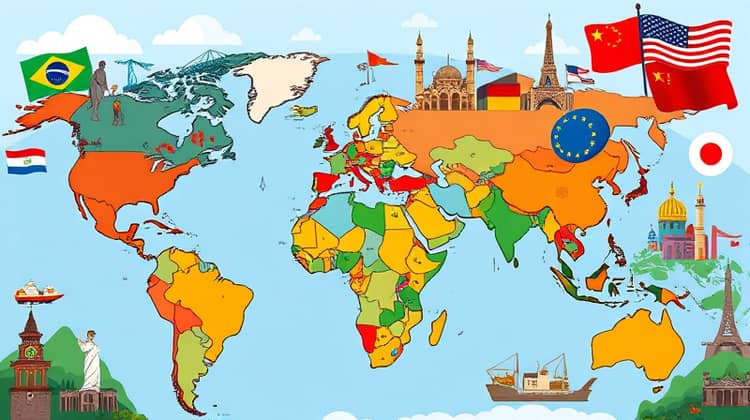
A multipolar global economy refers to a scenario where multiple countries or regions share significant power and influence, in contrast to a single dominant superpower. This configuration fosters a more diversified approach to international relations and trade, reducing the risks associated with relying on a single dominant nation.
In a multipolar world, power is distributed among various influential states, each contributing to global economic and political frameworks in their own right. Examples include the rise of the BRICS nations—Brazil, Russia, India, China, and South Africa—alongside established powers like the EU, Japan, and the U.S.
The increasing interconnectedness of global markets, alongside shifting political alliances, allows for a broader range of voices and strategies to influence international policy, encouraging collaboration and competition in equal measure.
Factors Driving the Shift
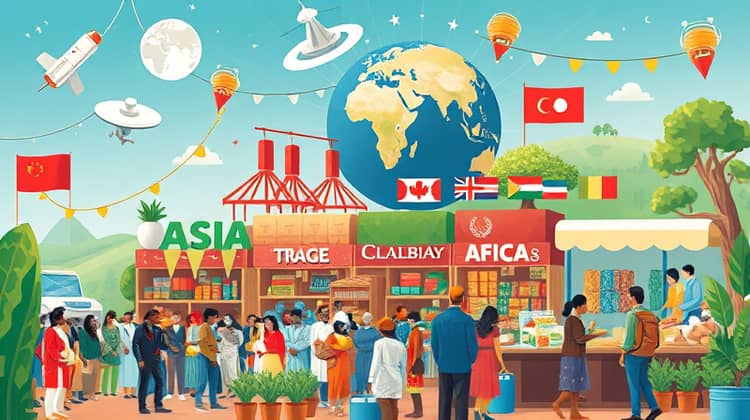
Several factors contribute to the shift toward a multipolar global economy, highlighting the complexities and interdependencies inherent in modern international relations.
- Economic growth of emerging markets, particularly in Asia and Africa.
- Technological advancements enabling new forms of trade and communication.
- Geopolitical dynamics, including regional conflicts and alliances.
- Environmental sustainability and climate change concerns prompting collective action.
Key Players in the Emerging Multipolar Economy
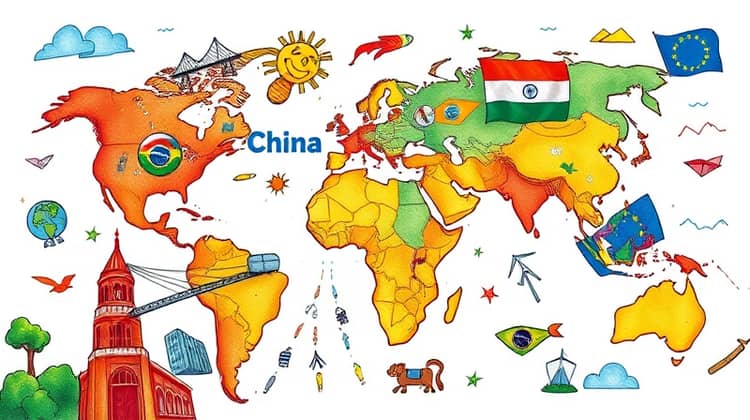
As the global economy transitions to a multipolar framework, several key players are emerging, each significantly influencing international economic policies and practices.
China stands out as a dominant force due to its massive economy and strategic investments in infrastructure across the globe, especially through initiatives such as the Belt and Road Initiative. Other significant players include India, Brazil, and the European Union, all of which contribute to a more balanced global economic landscape.
- China - Leading global economic actor with substantial investments and trade.
- India - Fast-growing economy with a youthful population and tech industry.
- European Union - Major economic bloc advocating for collective policies and regulations.
- Russia - Resource-rich country influencing energy markets.
Economic Implications
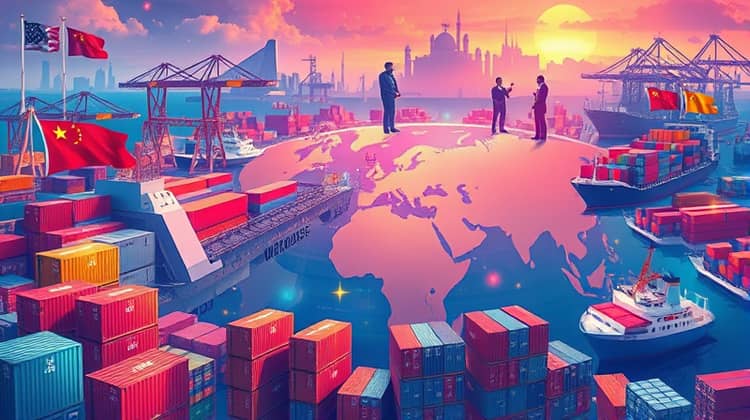
The shift to a multipolar economy presents both opportunities and challenges for global trade and economic stability.
- Increased competition may drive innovation and lower prices for consumers.
- Diversification of trade partners can enhance security and resilience in supply chains.
- Potential for economic collaboration on shared challenges such as climate change.
- Heightened risks of trade disputes and geopolitical tensions among competing powers.
Political and Social Implications
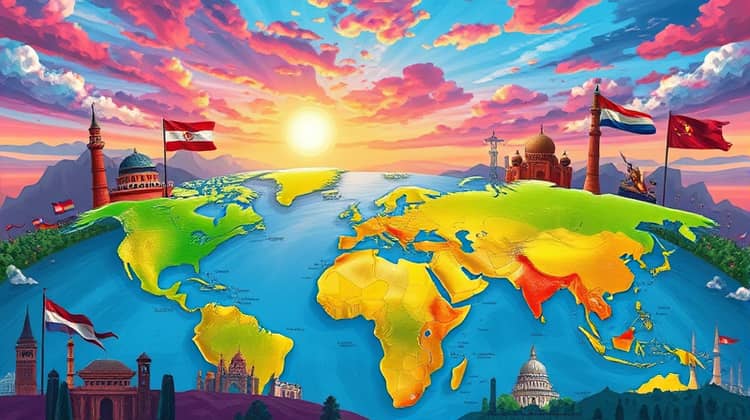
A multipolar world brings about significant changes in political landscapes and social structures globally.
- Rise of regional powers influencing local governance and policies.
- Growing nationalism and protectionism as countries seek to prioritize domestic interests.
- Increased emphasis on multilateralism and international cooperation to address global challenges.
Challenges and Opportunities
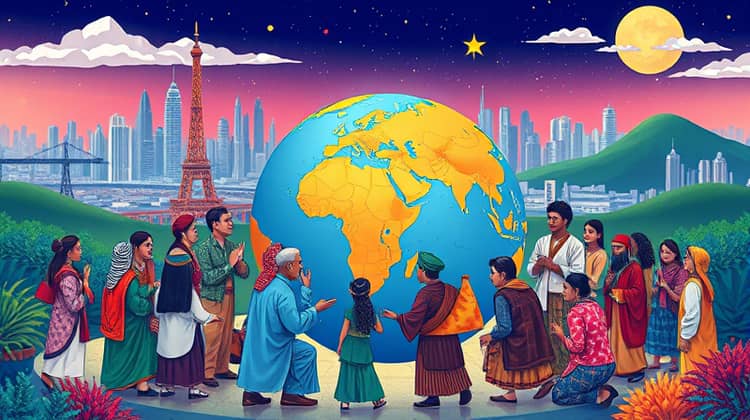
While the transition to a multipolar economy offers numerous opportunities, it also introduces several challenges that require careful navigation.
Countries must balance competing interests and foster dialogue to enhance cooperation while preventing conflicts stemming from power rivalries.
- Need for stronger international institutions to manage disagreements.
- Balancing trade relationships to prevent economic dependency.
- Addressing global issues such as climate change through collaborative efforts.
- Fostering inclusive growth to ensure that benefits are shared widely.
Conclusion
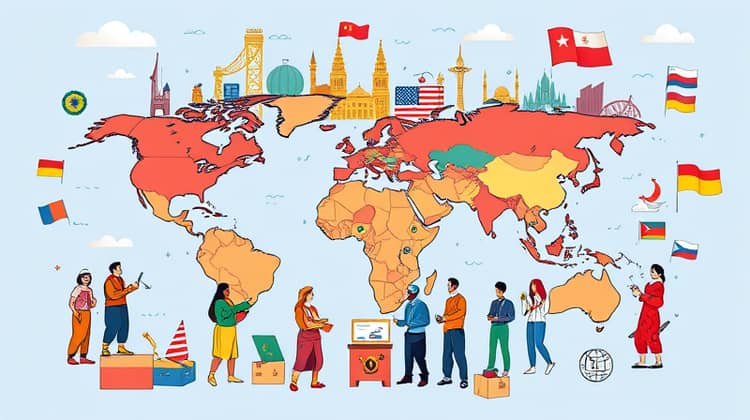
In conclusion, the shift toward a multipolar global economy signifies a transformative period in international relations, marked by increasing complexity and interdependence. As various nations navigate their roles in this new landscape, it is imperative to foster collaboration and mutual understanding to harness the inherent potentials of a multipolar world.
The economic, political, and social implications of this transition will shape the future of global governance and trade, demanding strategic responses and innovative solutions from countries worldwide.




